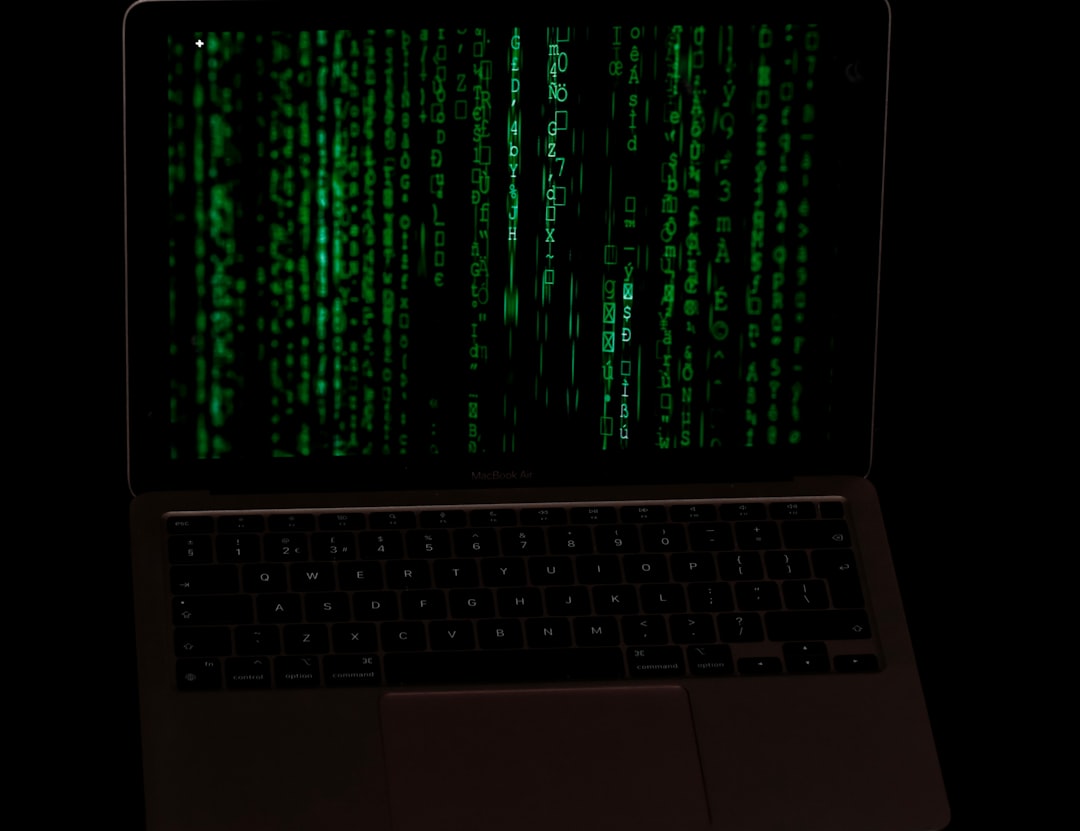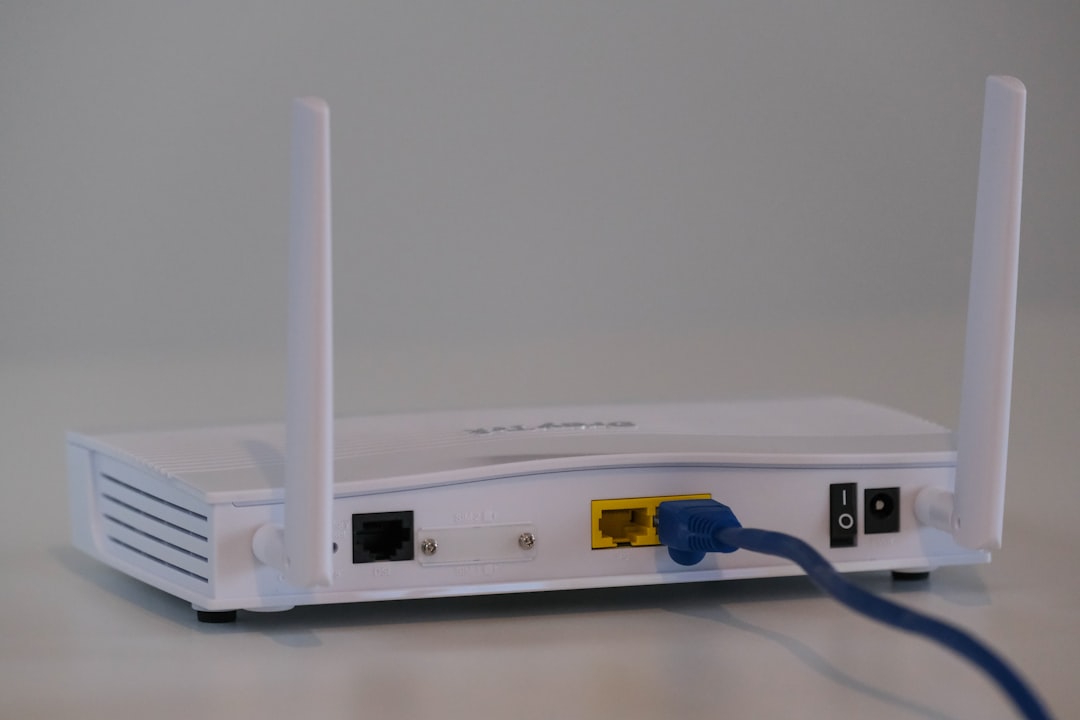As cyber threats continue to evolve at a rapid pace, Australian superannuation funds are under increasing pressure to reassess their authentication controls. **The need for robust security measures to protect sensitive data and substantial financial assets has never been more critical.** Super funds handle enormous amounts of personal and financial data, making them a prime target for cybercriminals. In response, the industry is shifting its focus towards strengthening authentication processes to prevent unauthorized access and mitigate potential risks.
In recent years, the financial sector globally has witnessed a surge in sophisticated cyberattacks, leading to severe financial losses and data breaches. With digital transactions becoming the norm, the security of these processes has become a major concern. The traditional methods of authentication, like passwords and PINs, have proven insufficient against advanced hacking techniques. Consequently, there is a growing demand for multi-factor authentication (MFA) systems that add extra layers of security.
MFA involves using two or more verification methods to authenticate an individual’s identity. This could include a combination of passwords, biometrics, and one-time codes sent via SMS or email. Such systems significantly reduce the likelihood of unauthorized access as they require more than just a stolen password to gain entry into a system.
For the Australian super funds, implementing robust authentication systems isn’t just about compliance with regulations—it’s about trust. Members need to feel confident that their personal and financial information is secured against potential threats. The implementation of MFA and similar technologies is a proactive step in safeguarding this trust.
Furthermore, awareness and training among employees within these financial institutions are crucial. Human error remains one of the biggest vulnerabilities in cybersecurity. Regular training sessions and simulated cyberattack scenarios can equip staff with the knowledge to identify and respond effectively to suspicious activities, thereby reducing the risk of a successful cyber breach.
The conversation around strong authentication controls is also tied to the evolving landscape of regulations. As regulatory bodies around the world continue to adapt to the complexities of digital financial transactions, Australian super funds must stay ahead of these changes. This involves not only adhering to current standards but also anticipating future regulatory developments to ensure ongoing compliance and protection.
In conclusion, as cyber threats grow in sophistication, the emphasis on stringent authentication controls becomes vital for the protection of Australian super funds. Investments in advanced security systems and continuous staff education are critical steps in securing sensitive data and maintaining member trust. As the battlefield of cybersecurity evolves, the proactive measures adopted today will determine the resilience of these financial institutions in the future.
Cyber Security
authentication controls
















Leave a Reply